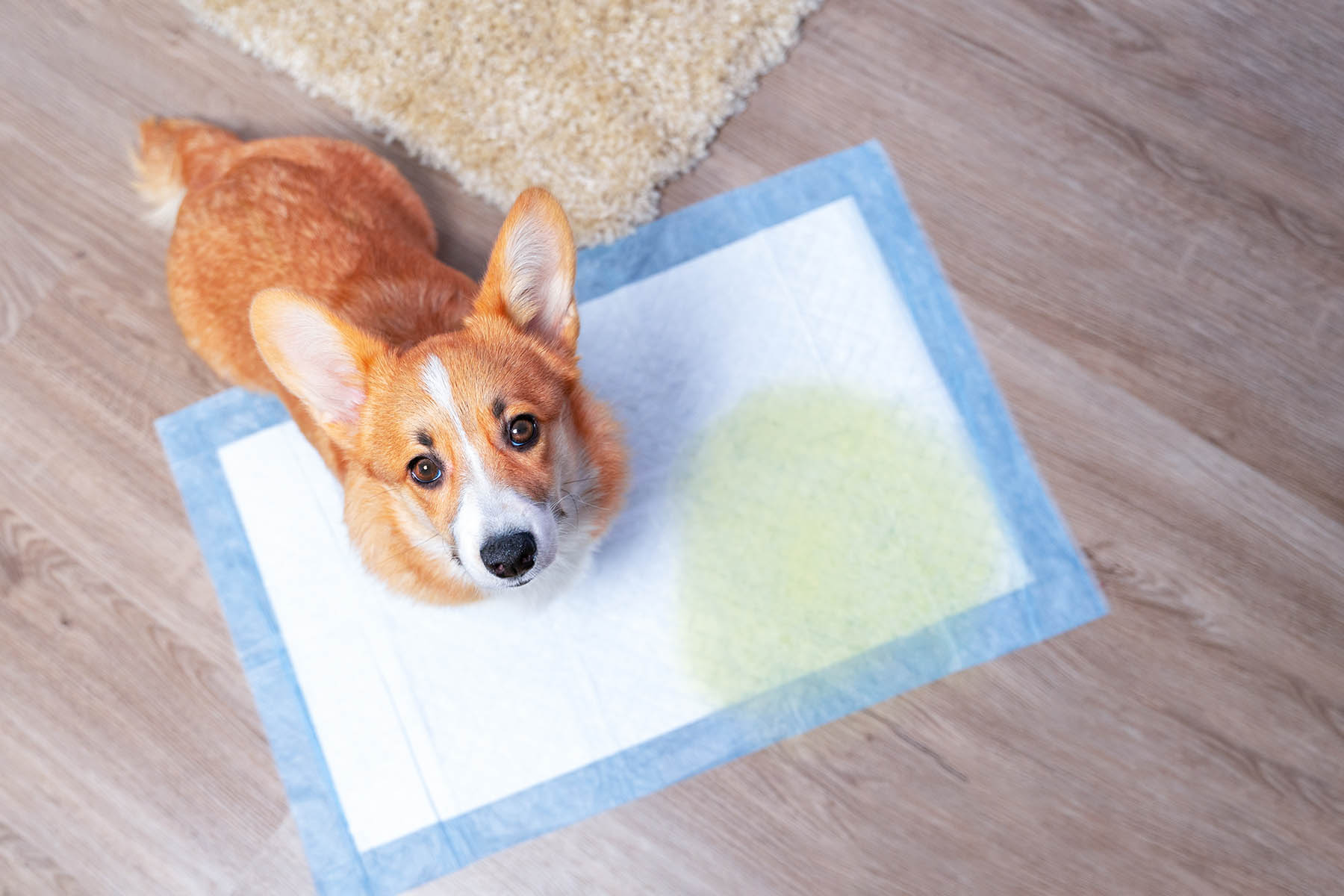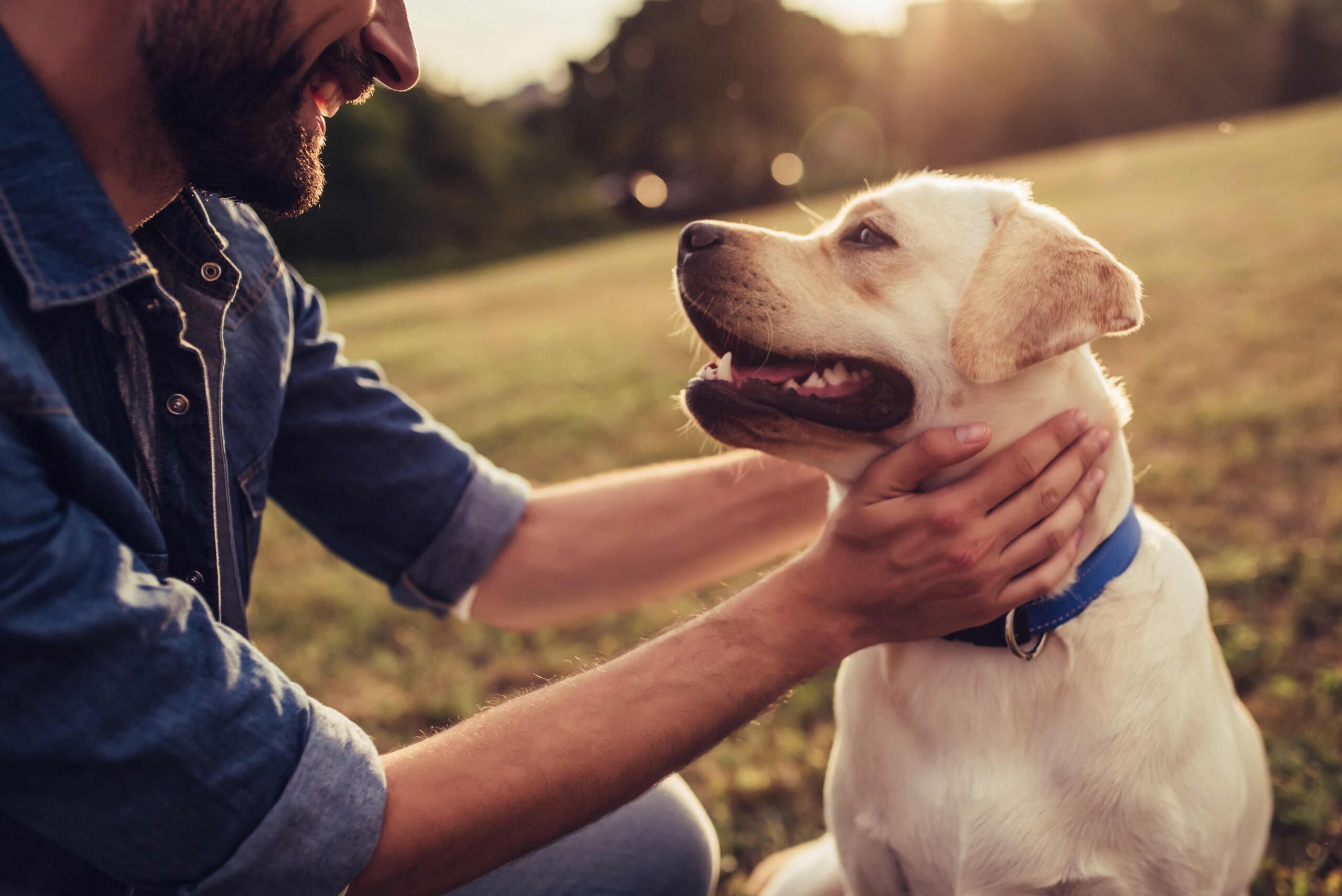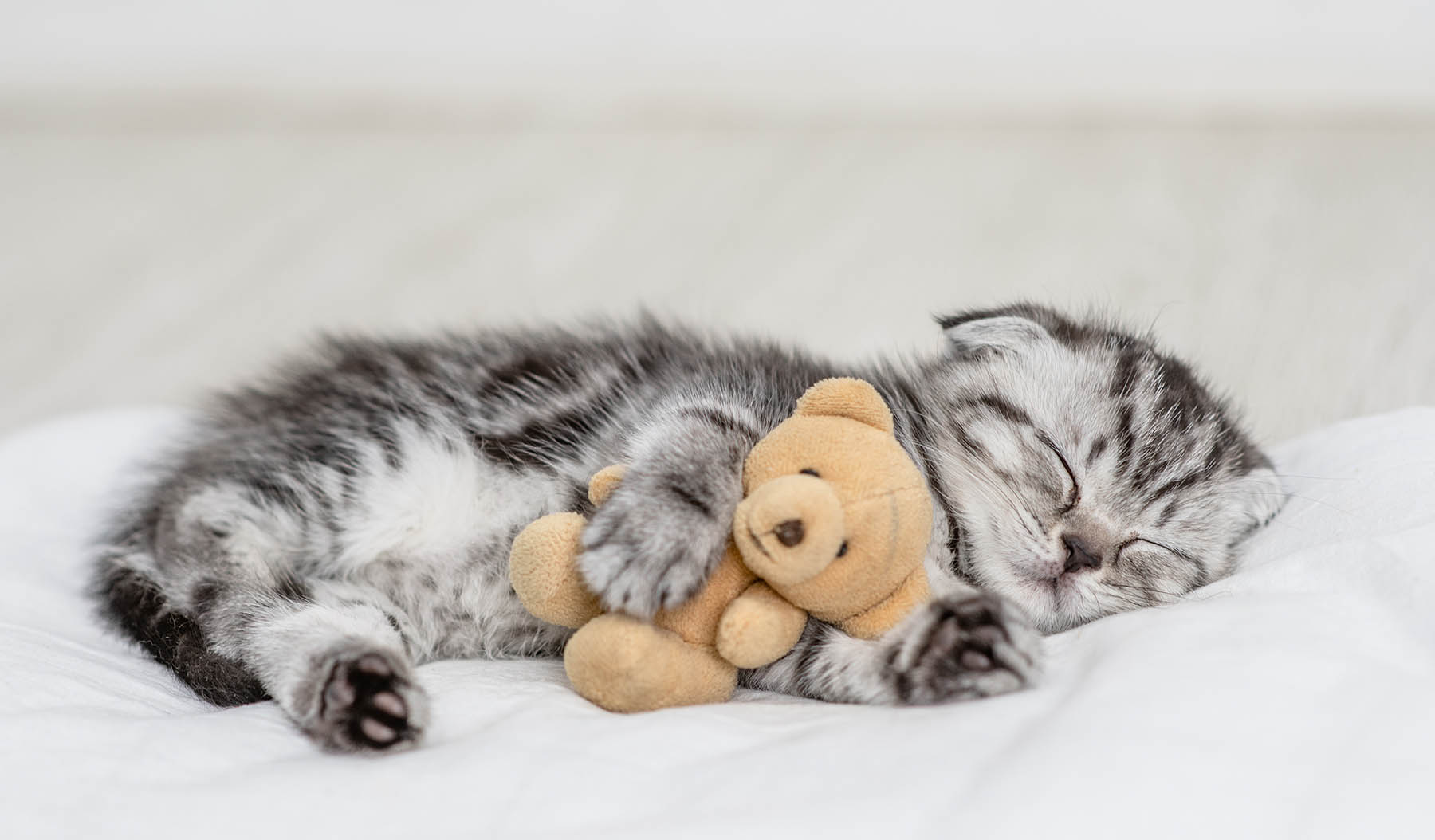Getting a new furry friend is so exciting! Especially puppies, they’re one of the best companions you’ll ever have. However, this joyous occasion is accompanied by the important task of potty training, which is crucial for maintaining a clean and harmonious household. In this article, we will guide you through effective potty training tips for your new puppy, to help you and your best buddy have a smooth and successful training journey.
Potty Training Tips for Your New Puppy
- Start Early
Begin the potty training process as soon as your puppy arrives home. Young puppies have limited bladder control, so initiating training early helps them establish good habits. For instance, taking your puppy out first thing in the morning can set a positive tone for the day. - Consistent Schedule
Implement a consistent feeding schedule to create predictable bathroom breaks. Regular meals lead to regular bathroom needs. For example, if your puppy eats at the same times daily, you’ll soon notice a pattern in their bathroom habits. - Designated Potty Area
Select a specific spot in your yard for your puppy’s bathroom breaks. Consistently taking them to this spot reinforces the association between the area and potty time, creating a routine in their mind. - Supervision
During the initial stages of training, closely supervise your puppy. If direct supervision isn’t possible, confine them to a small, easy-to-clean area. This preemptive step can prevent unwanted accidents on your carpets or furniture. - Frequent Bathroom Breaks
Take your puppy outside frequently, even if they haven’t shown signs of needing to go. For instance, bringing them out every hour or after play sessions can help avoid accidents due to their small bladders. - Use Positive Reinforcement
Celebrate your puppy’s success by using positive reinforcement when they use the designated area. Offering treats and enthusiastic praise helps them form a positive association with correct behavior. - Be Patient
Expect a few accidents, especially early on. When they do happen, use an enzymatic cleaner to remove odors, ensuring that your puppy doesn’t mistake the area for their designated potty spot. - Recognize Signs
Learn to identify your puppy’s signals, such as sniffing or circling, indicating a need to go. Swiftly responding to these signs by taking them outside can prevent indoor accidents. - Crate Training
Crate training can be an effective tool, as dogs naturally avoid soiling their living space. A properly sized crate creates a safe space for your puppy and can encourage them to wait until they’re outside. - Adjust Feeding Times
To minimize nighttime accidents, consider adjusting your puppy’s last mealtime to be earlier in the evening. This simple adjustment can give them enough time to relieve themselves before bedtime. - Stay Consistent
Consistency is crucial. Use the same command word, such as “go potty,” every time you take your puppy out, reinforcing the behavior through repetition. - Gradual Freedom
As your puppy masters potty training, gradually increase their freedom within the house. Begin with short periods of free roam and lengthen them as your puppy consistently demonstrates good behavior. - Seek Professional Help
If potty training challenges persist, don’t hesitate to seek advice from a professional dog trainer or behaviorist, who can provide tailored strategies and support.
Potty training your new puppy requires a combination of patience, consistency, and positive reinforcement. By employing these nuanced tips and celebrating small victories, you’ll be well on your way to fostering a well-trained and happy puppy. Remember, every puppy is unique, so remain flexible and attentive to their progress.




